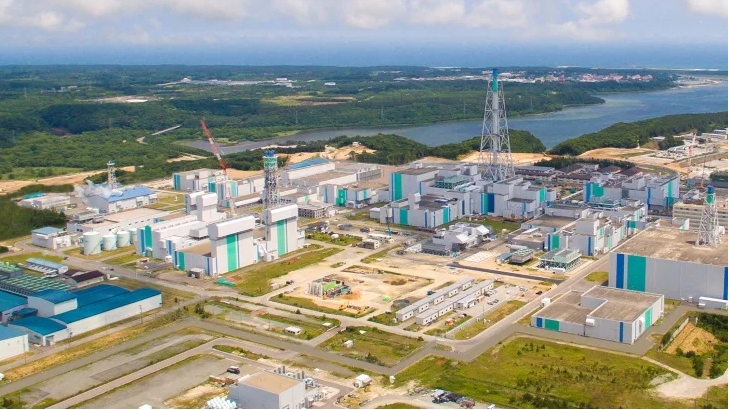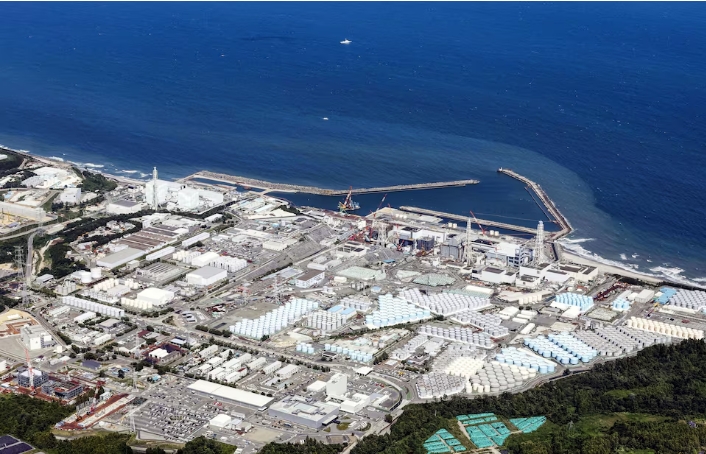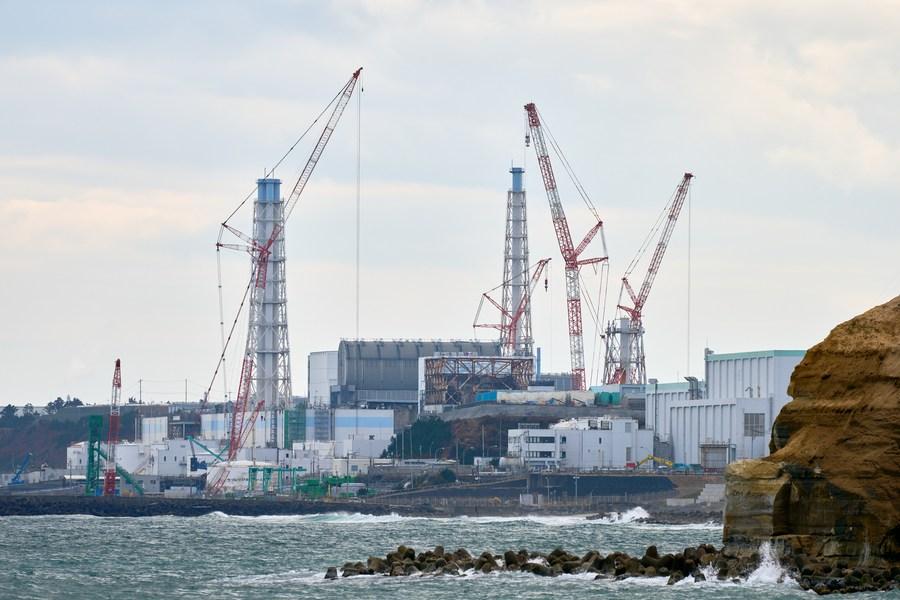Mainland Spain's coal-fired power generation more than doubled on the year in October to reach its highest since January and second-highest in 20 months, amid lower hydropower and wind output and as coal widened its advantage over gas in the day-ahead merit order. But further upside potential for coal is expected to remain very limited, as most existing plants are on track to be permanently closed.
Coal-fired output totalled 533GWh last month, or a 716MW hourly average, up from 664MW in September and 316MW in October 2020, according to preliminary data from power grid operator REE. This is the second-highest volume since February 2020, behind only January 2021 at 750MW (see chart).
Real-time coal-fired generation reached as high as 1.335GW at 12:30 on 28 October, its highest since 18 January. And the day-ahead coal-fired power scheduled volume for the whole of October, at 508TWh or 683MW, surpassed the 485TWh registered in January, making it the highest since February last year at 588TWh.
Low hydropower reserves and wind load factors supported fossil-fuel generation last month, with combined-cycle gas turbine (CCGT) output rising by 36.6pc on the year to 5.12GW. Hydro generation was 47.4pc lower on the year at 1.34GW while wind output dropped by 26pc to 5.65GW.
Day-ahead clean dark spreads for a 38pc-efficient plant widened their advantage even to 55pc-efficiency clean spark spreads last month amid escalating gas prices. Clean dark spreads averaged €65/MWh in October, way above €14.24/MWh for clean spark spreads. Coal had already moved ahead of gas in the day-ahead merit order in September, with clean dark spreads averaging €37.89/MWh, versus €16.98/MWh for clean spark spreads for those same efficiencies, according to calculations based on day-ahead power prices on Omie, PVB prices on the Mibgas exchange and Argus assessments of API 2 coal swaps and EU emissions trading system allowances (see chart).
And current forward markets indicate that coal should remain ahead of gas in the merit order until the end of the winter, falling behind in the second quarter of 2022 but keeping above on average for calendar 2022.
Limited scope for coal
Despite the recent increase and the favourable implied generating margins for the near future, coal-fired output is expected to remain very limited in peninsular Spain as most existing plants are planned to permanently close, with domestic CCGTs set to benefit the most from the low-volume competition.
Spanish utility Endesa restarted its 562MW Litoral de Almeria 2 coal-fired unit in mid-October after months of unavailability, with the company having recently purchased coal that it could use at its remaining coal-fired plants in mainland Spain ahead of their closure. But it expects to soon shut down its 1.4GW Puentes de Garcia Rodriguez complex and the full 1.12GW Litoral de Almeria should follow suit when final approval is issued.
Litoral 2 is again unavailable, until 1 January 2022, the same as for the 558MW Litoral 1 unit, the latest Remit data indicate. Puentes units 1 and 2, meanwhile, are scheduled to be unavailable until 21 November, while units 3 and 4 are not expected to be available until 1 January, each of the units having around 350MW of capacity.
Portuguese utility EDP's 341MW Abono 1, 562MW Abono 2 and 346MW Soto de Ribera 3 coal-fired plants, all in the northwestern region of Asturias, had until recently been the only operational coal-fired plants in Spain. But Abono 1 tripped last month and is not scheduled to return before the start of 2022.
REE forecasts just 908MW of coal capacity availability for most of this month, comprising Abono 2 and Soto de Ribera 3. Availability would then rise to 1.61GW from 21 November with the return of the two Puentes units and stay that way until the end of this year.
And from some point in 2022, Abono 2 is expected to be the only operational coal-fired plant in mainland Spain, with all other plants to shut down and Abono 1 to be converted into a 181MW gas-fired facility, according to the latest plans by local utilities. EDP did not reply to Argus queries about the latest update on the conversion plan.
On the gas side, while supply generally remains tight and prices historically high in Spain, gas transmission system operator (TSO) Enagas has said that the country should have sufficient resources to meet demand in winter 2021-22.
Enagas has forecast that total gas demand from households, businesses, industry and the power sector will rise to an average of 1.20 TWh/d in November and 1.24 TWh/d in December, from roughly 965 GWh/d in October.
For the past five years, Spanish power-sector gas burn has accounted for an average of 23.4pc of overall demand in November. Applying that rate to Enagas' demand forecast, power-sector gas demand would average roughly 280 GWh/d.
This winter, LNG supply is expected to play a crucial role in meeting Spanish seasonal gas demand, owing to an expected drop in import capacity from Morocco, as well as the country's underground stocks standing at a three-year low at the start of winter.
Pipeline imports from Algeria via Morocco on the Maghreb-Europe line (GME) ceased on 1 November, but Algeria has reassured Spain that it can fulfil its contractual obligations by increasing flows on the separate Medgaz pipeline and potentially sending LNG cargoes.
However, while Medgaz flows may cover Spain's needs from Algeria for the rest of this year, capacity on the line could be insufficient to meet demand in January-March 2022. At that time, winter consumption typically peaks and, in previous years, GME imports have also risen.
Assuming Spanish firms need the same brisk gas imports next quarter as a year earlier and Medgaz capacity is maximised, Algeria would have to dedicate over a quarter of its LNG exports to Spain in January-March to replace first-quarter flows on the GME pipeline, according to analysis by Argus.
Meanwhile, LNG stocks at terminals around the country are scheduled to reach a two-year high in mid-November and finish the month firmly above average, which could provide an important means of storage and supply throughout the winter.







